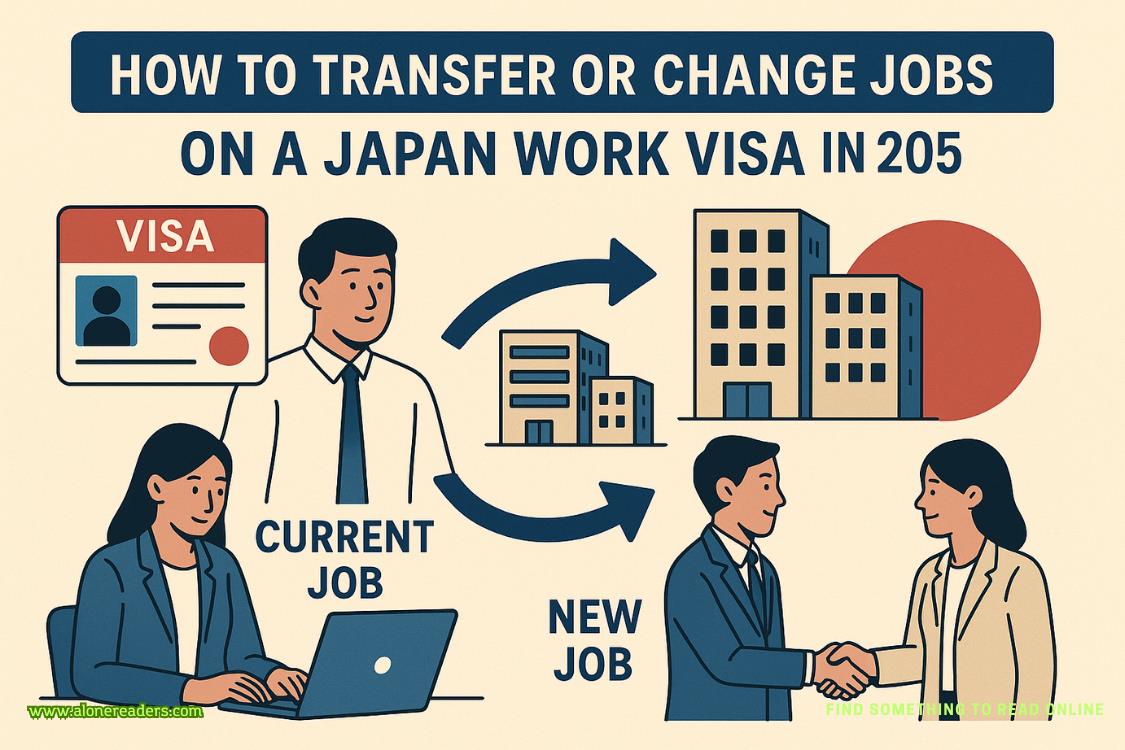Dr. Kramer had sent over Finance’s accounting reconciliation needs for the department’s quarterly expenses (including his networking dinners, golf rounds with journal editors, and a series of upcoming flights to Switzerland), along with a marked-up draft of Tomasz Szymanski’s latest paper on LED performance stabilization in extreme heat, and edits for Ethan’s weekend updates to the grant.
Table 5 had simply been reformatted. His supervisor had made no comment on the unaltered data.
“Finance wants the report by five o’clock.”
Despite the administrative drudgery now set to eclipse any work time that he could’ve had around today’s multi-hour in-person meeting, his shoulders settled. “They’ll have it by one o’clock.”
“Good.”
Tracking down receipts and typing up cost memorandums took the better part of his morning. He forwarded Dr. Kramer’s notes to Szymanski—almost supplementing his usual salutation with a hope that Szymanski had enjoyed his weekend, before quickly deleting the personal words and sending over their supervisor’s amendments without comment—and updated the Eischer-Langhoff application again.
He wasn’t distracted. He wasn’t.
His phone remained quiet beneath its blur of white noise.
Clearly, Forster was also busy.
But Erin Monaghan was discussing her plans for the Department of Energy’s visit with Nadine Fong in one of the corridors fringing the bullpen. The one outside his office, to be exact.
“I’ve improvised some graphics from my last International Conference on Physics poster to highlight our department’s work. It’s a simplified explanation of relativistic mechanics operating in extreme gravitational and astrophysical conditions, but we might only have a few minutes with the officials. For non-specialists, narrative is more important than data.”
“That’s the poster from the Burlingame conference?”
“The one where I had six hours with a designer, instead of an intern still learning Adobe Illustrator. Since the graphics are turning out to be reusable, arguing the expense with Finance was worth it.”
“Back when I had energy for that sort of thing,” with a groan from Fong. “But yes, simpler is better for the government. Good work. No edits, just—ugh, never mind, nature calls again—”
His rival’s supervisor shuffled off toward the bathroom. It had to be her, because those weren’t Erin’s strides.Shelingered in the hall outside his office, like the sweet, fresh scent still clinging in his sinuses, likely flushed with triumph at Fong’s approval.
Or maybe not. Maybe receiving praise from the head of Relativistic Mechanics was just part of her Monday agenda. Maybe she didn’t value it, because she didn’t have to work for it. Maybe Fong doled out approval like other people doled out and then discarded tennis balls at a dog park: casually, thoughtlessly, because they were cheap, plentiful, and ordinary. Dr. Kramer’s approbation meant more. Ethan’s supervisor didn’t offer praise just because he had to piss.
Clamping his headphones over his ears, he focused back on the Finance report. Being forced to eavesdrop on Erin’s conversation had cost him minutes in an already tight schedule. He’d have to skip lunch to finish the form now.
As usual, it was her fault.
His irritation continued during the afternoon’s all-hands meeting, sitting among his fellow engineers and SVLAC’s administrative staff with a growling stomach while a projector beam warmed the top of his head and Schulz’s assistant read out a schedule for the Department of Energy’s visit.
“…and then the tour will conclude with a presentation by Dr. Helena Quarles on the contributions of SVLAC to American science education. Dr. Quarles’ talk will be here in Maiman Auditorium. Space is limited,”—someone in the room’s front row of swivel chairs gave a quiet but distinct snort; recognizing Erin’s laugh, Ethan swallowed his guffaw and frowned at his table—“but staff can reserve seats through a sign-up form sent out at the start of this meeting.”
The assistant clicked forward to her next slide.
“Now, dress code: unless engaged in structural work on the accelerators, staff are to wear suits. Neutral colors and trousers are appropriate for all genders, but skirts may be worn if desired. Open-toed shoes are not acceptable. Hats that aren’t baseball caps are subject to approval by—”
A collective groan rippled across the room at Marcie’s specifications. This time, both Ethan and his stomach joined in. Accustomed to a seasonless uniform of jeans and work boots, a significant percentage of the audience would be making a run on the local thrift stores this week. Some might even brave the Stanford Shopping Center. He’d been forced into a pilgrimage to Jos. A. Bank several years ago in preparation for Chase’s thirtieth birthday dinner at The French Laundry, so he’d be spared the rush, at least.
But.
The shopping center sold more than suits.
Lingerie, Forster’s freckles under the soft golden glow of a dressing room’s lights, the toned obliques of a runner or cyclist narrowing the dip of her waist—but though the picture was indelibly seared in his mind, her backdrop was anonymous. She could’ve been in any Bay Area mall. However, just maybe…
His groan lasted a second too long. He shifted in his chair.
“Stomach,” he muttered to Szymanski’s sideways look.
Down in the front row, Erin was conspiring again with Nadine Fong while Marcie finished delineating acceptable versus unacceptable fedoras and explained Friday’s parking restrictions. Dust in the projector beam swirled above a medley of digital colors in her hair, pulled tight at her neck into that lethal ponytail.
To himself, he added:focus.















